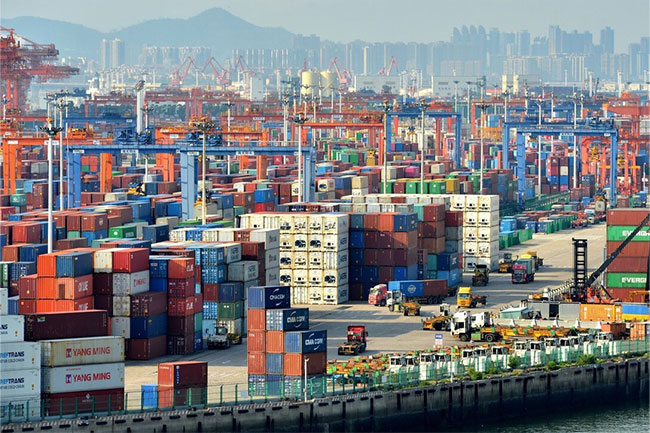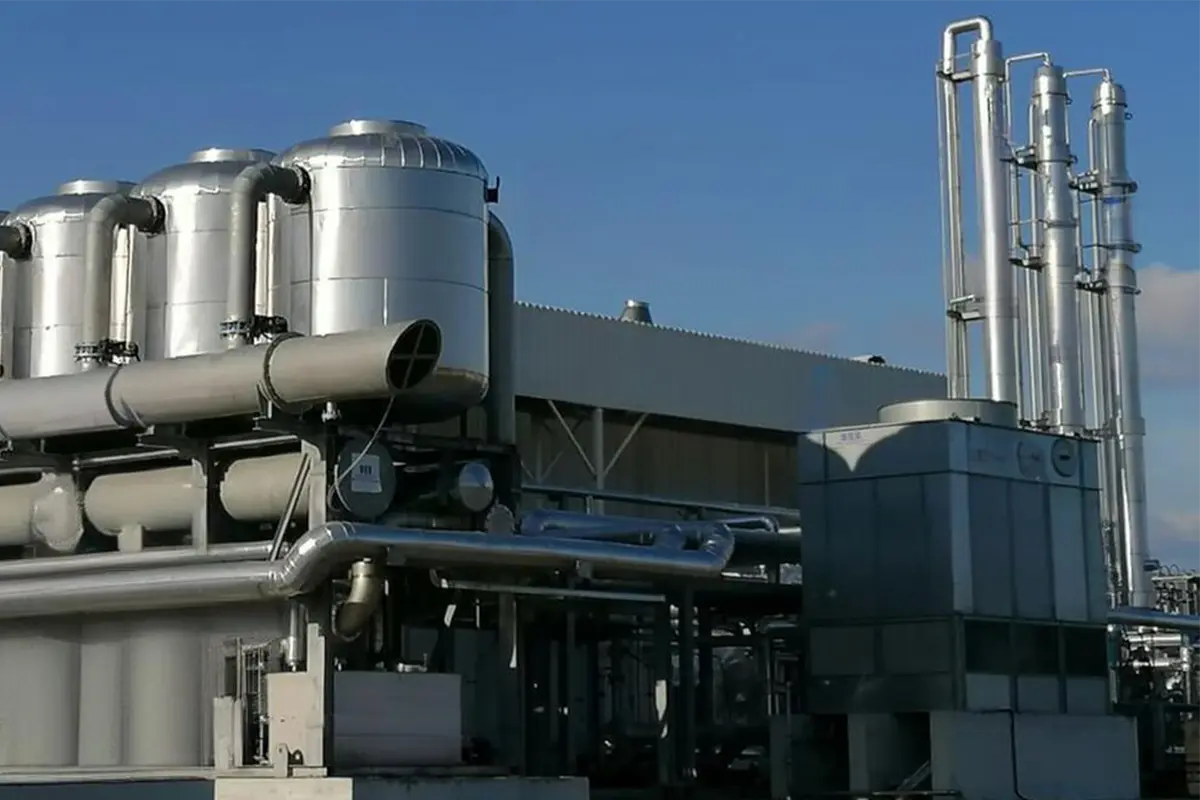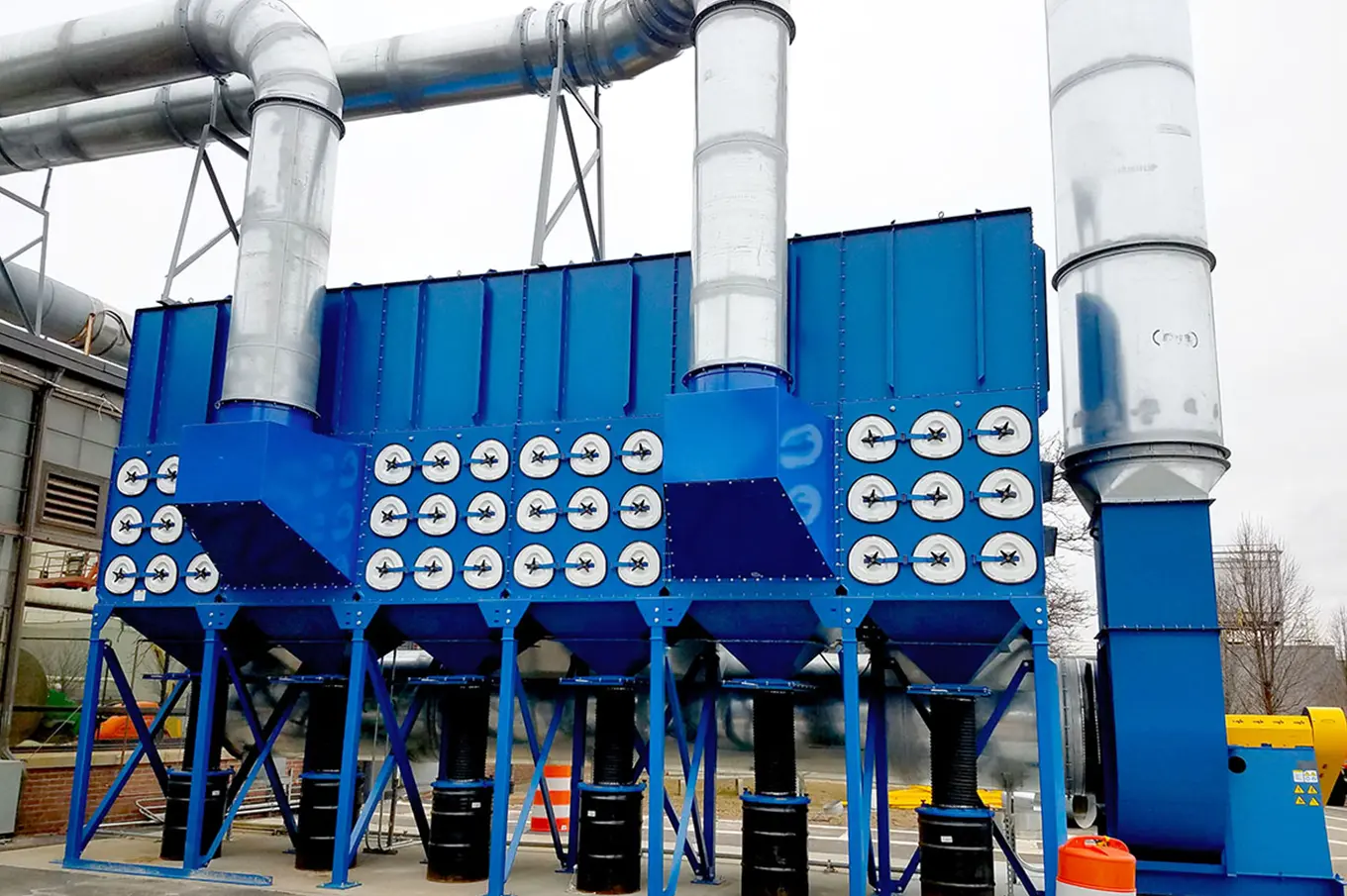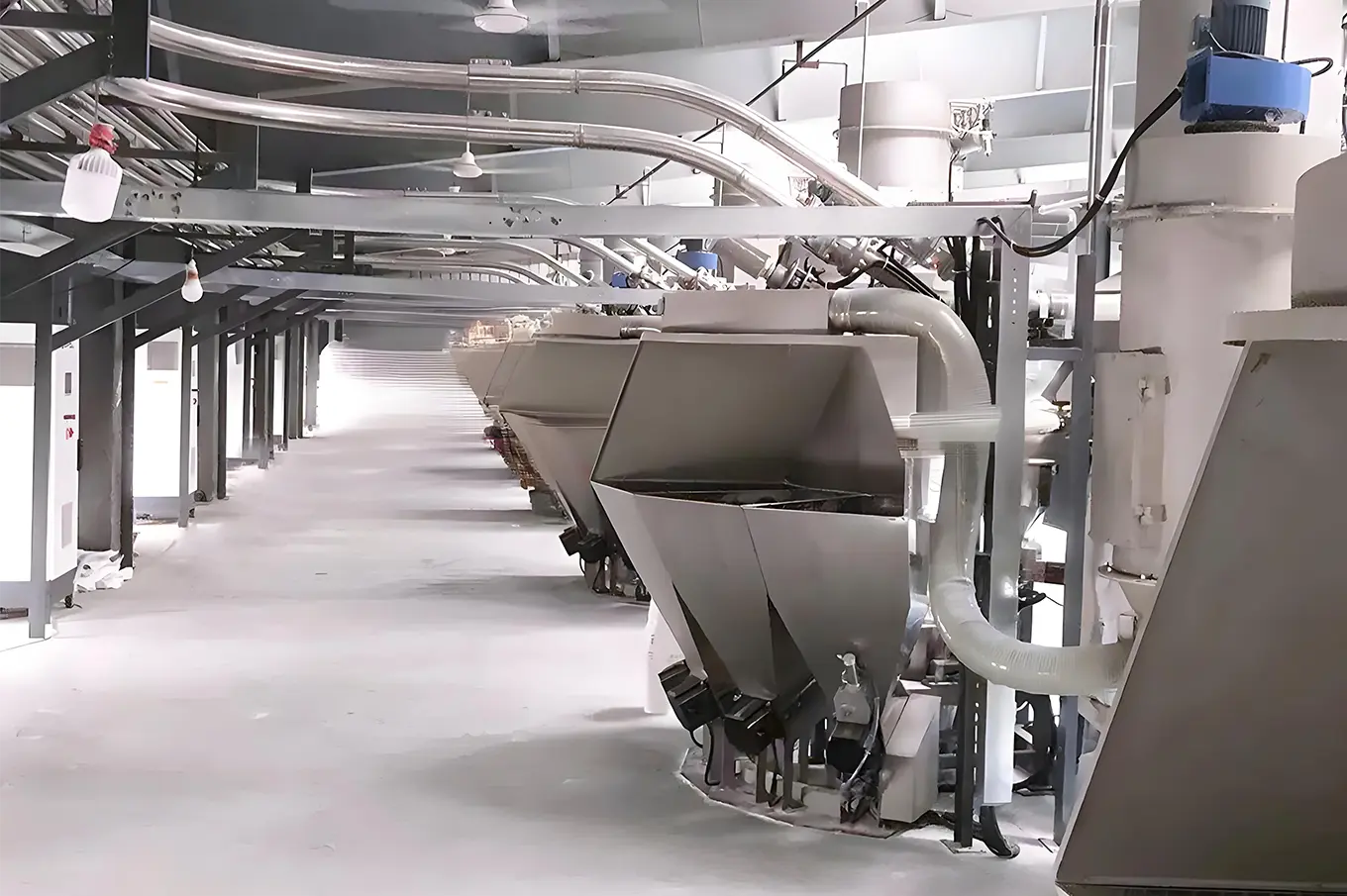- Shanghai Zhongshen International Trading Co., Ltd. – Your reliable partner with 20 years of import/export agency service expertise.
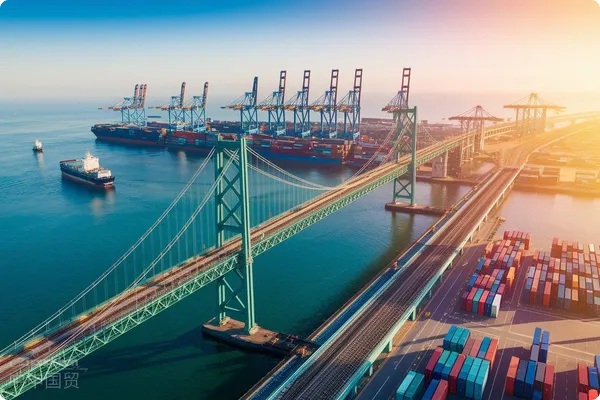
Welding consumables?Equipment Export?Analysis of Specificity
As a welding material equipment, it is widely used in various industries, including automotive, aerospace, and electronics. It plays a crucial role in ensuring the quality and reliability of welded joints, and its performance directly affects the efficiency and productivity of welding operations.Key equipment in the field of industrial manufacturingExports involveThe classification of electromechanical products,Welding material control,Special transportation requirementsThree key features. According to the latest customs data for 2025, China's annual export volume of welding materials and equipment exceeded $4.7 billion, but the return rate reached as high as 3.2%, mainly concentrated in three major issues: misreported codes (41%), lack of technical certification (35%), and transport damage (24%).
Export Agent ServicesBreakdown of the core process
- Qualification pre-review stage
- Verification of equipment technical parameters (voltage system/protection level)
- Component detection of welding materials (involving the identification of dangerous goods)
- Customs declaration stage
- Precise Classification of HS Codes (Analysis of Categories 84.24/85.15/85.39)
- CE/UL Certification Document Compliance Review
- Logistics execution stage
- Anti-humidity and anti-shock special packaging solution
- The preparation of the port lifting operation guidebook
Countermeasures for the Three High-Risk Links
Risk Point 1: Deviations in HS code classification
A certain enterprise misreported an automatic welding robot (classified under 8468.90) as an ordinary mechanical arm (8479.50), resulting in the importing country demanding repayment of the 12% tariff difference. It is recommended to adopt the following measures:The Customs Advance Ruling SystemApply for a product classification confirmation letter six months in advance.
Risk Point 2: Incomplete technical certification
The EU market needs to meet both CE certification (EN 60974-1) and the EMC Directive (2014/30/EU), while the North American market requires UL certification (UL 551) and the concurrent use of the NRTL mark. It is recommended to establish a certification system that integrates these requirements.Certification Dynamic Tracking System, promptly obtain the new versions of standards such as ISO 3834.
Risk Point 3: Defects in Transportation Protection
A batch of plasma welding machines were found to have quality issues due to improper assembly during the production process.Maritime transportInsufficient moistureproof measures resulted in the circuit boards worth $280,000 being damaged by moisture and rendered unusable. This issue must be addressed immediately.Three-level protection standard: Vacuum moisture-proof bag (humidity <30%), EPE cushioning layer (thickness ≥5cm), and steel frame fixing device (resistant to level 9 vibration).
Criteria for Selecting High-Quality Agency Service Providers
- Industry experience: Have completed at least 20 export cases of welding material equipment.
- Service Network: The coverage rate of the customs clearance teams owned by the destination country is >75%
- Risk control system: Equipped with AEO certification and full-process coverage of cargo insurance
- Emergency response capacity: Resolve port inspection disputes within 48 hours
Cost Control and Efficiency Improvement Solutions
the ASEAN Single Window (ASW)Merger and classification declarationIt is possible to reduce the shipping cost of a single cabinet by 18%. For example, the welding gun (8535.90) and the wire feeding mechanism (8501.31) can be declared together. This method is adoptedRules of Origin with Cumulation under the Free Trade AgreementUnder the China-South Korea Free Trade Agreement (FTA), a 7.3% import tariff reduction and exemption is available. It is recommended to establish aControl of the entire process timelineReduce the average customs clearance period to 11 working days.
A welding machine manufacturing company successfully reduced the return rate from 4.7% to 0.8% through professional agency services, saving $126,000 in annual logistics costs. This demonstrates thatChoose a professional export agentIt plays a crucial role in enhancing the competitiveness of international trade.
Category Case
Contact Us
Email: service@sh-zhongshen.com
Related recommendations
Contact via WeChat

? 2025. All Rights Reserved.
